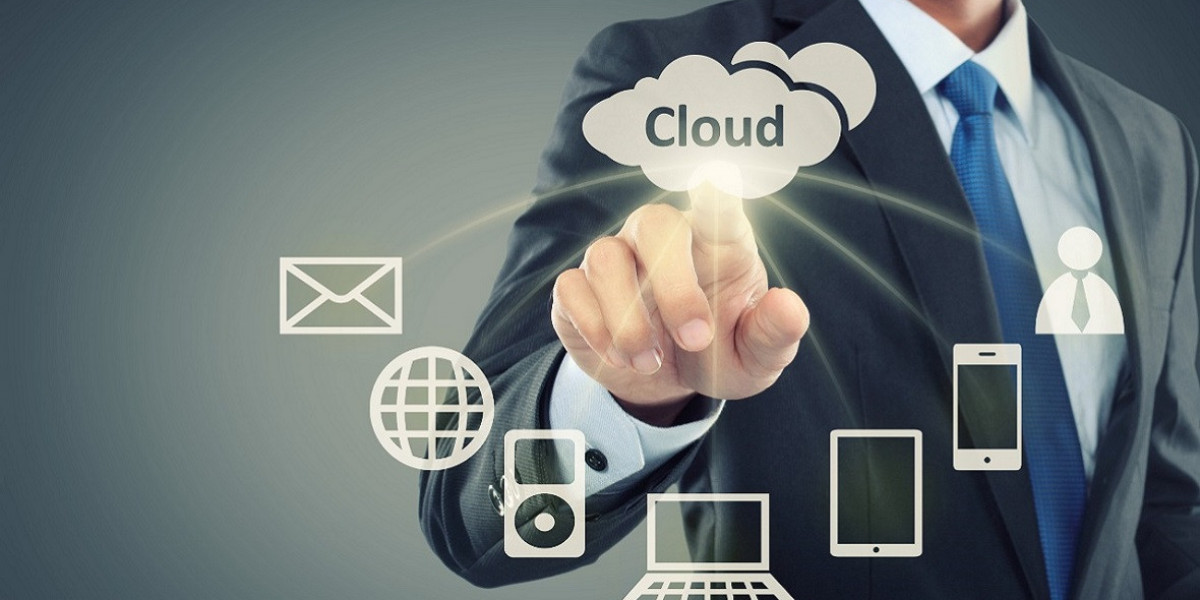Managing commercial leases can be incredibly complex. With multiple tenants, varying lease terms, and operational costs constantly in flux, property managers need more than spreadsheets and manual processes to keep everything organized. That’s where Commercial Property Management Software comes in a game-changing solution that streamlines lease management while improving efficiency, accuracy, and profitability.
This blog explores how modern software is transforming lease administration and related property management functions, from property-level accounting to maintenance tracking and everything in between.
The Shift Toward Digital Lease Management
Gone are the days when lease agreements were filed in cabinets and rent schedules manually updated. The evolution of Commercial Property Management Software has ushered in a new era of digitized leasing processes.
With centralized dashboards, automated alerts, and integrated modules, property managers now have complete visibility into lease terms, renewals, escalations, and compliance requirements all in real-time. This shift not only saves time but drastically reduces human error, ensuring smoother operations across all departments.
1. Property-Level Accounting: Clarity and Control
Accurate financial reporting is critical in lease management, especially for commercial properties with diverse tenant types and shared expenses. Property-level accounting within commercial property software allows managers to:
- Track income and expenses for individual properties or units
- Manage lease-based financials like rent rolls, deposits, and late fees
- Automate invoicing and payments aligned with lease terms
This detailed financial control provides landlords and investors with a clear understanding of each property’s profitability, enabling better business decisions.
2. Tenant Portal: A Self-Service Gateway
Modern tenants expect convenience, and a dedicated tenant portal delivers just that. These portals integrated directly into the software allow tenants to:
- View and download lease agreements
- Make rent payments online
- Submit maintenance requests
- Communicate with property managers
By automating tenant interactions, Commercial Property Management Software enhances satisfaction while reducing administrative workload.
3. Property and Space Management: Visualizing Utilization
Managing multiple commercial spaces whether office buildings, retail centres, or industrial parks requires precise tracking of unit availability and lease commitments. Software-enabled property and space management tools allow property managers to:
- Maintain digital floor plans
- Visualize occupied and vacant units
- Track square footage, lease rates, and availability
This functionality is especially beneficial during renewals, expansions, and negotiations, ensuring all space is optimally leased and utilized.
4. Revenue Management: Forecasting and Optimization
Lease escalations, rent adjustments, and variable income streams are common in commercial real estate. Advanced revenue management tools within the software enable predictive modelling and optimization strategies by:
- Forecasting rent increases based on market trends
- Automating scheduled lease escalations
- Identifying underperforming leases
Commercial Property Management Software ensures revenue growth stays on track while minimizing risk and oversight.
5. Maintenance Management: Timely and Transparent
A critical part of lease management is keeping the property in top condition. Integrated maintenance management modules help property teams:
- Schedule preventive maintenance
- Track work orders in real-time
- Assign tasks to vendors and monitor progress
These tools also connect to the tenant portal, allowing renters to request repairs directly and view status updates boosting transparency and response times.
6. CAM and Operating Expenses: Simplified Reconciliation
Common Area Maintenance (CAM) charges and operating expense reconciliations are often a pain point in commercial leasing. Software tools simplify this by:
- Automating CAM charge calculations
- Allocating shared expenses accurately among tenants
- Reconciling estimated vs. actual expenses
With Commercial Property Management Software, managers can ensure that tenants are billed fairly and that reconciliations are completed swiftly helping maintain positive tenant relationships and timely collections.
7. Expense Control: Smarter Budgeting
Keeping operating costs in check is essential for profitability. Integrated expense control features help managers:
- Monitor real-time spending against budgets
- Set alerts for cost overruns
- Analyze vendor contracts and recurring expenses
This ensures that every dollar spent aligns with business goals, improving NOI (Net Operating Income) and overall financial health.
8. Reporting & Analytics: Data-Driven Insights
No lease management system is complete without robust reporting and analytics capabilities. Today’s software offers:
- Customizable dashboards for KPIs
- Real-time lease performance metrics
- Compliance and audit reporting
This empowers stakeholders to make informed decisions based on real-time data—whether it's for renewing leases, adjusting rental rates, or planning capital expenditures.
The Role of Integration in Streamlining Processes
One of the key advantages of modern Commercial Property Management Software is its ability to integrate with accounting platforms, CRM systems, payment gateways, and marketing tools. This creates a seamless ecosystem where data flows automatically, reducing duplication and manual entry.
For example, when a new lease is signed, the software can automatically:
- Update the tenant directory
- Generate recurring invoices
- Trigger onboarding workflows
- Adjust occupancy metrics
This kind of automation makes lease management not only faster but also more reliable and scalable.
Final Thoughts: Embracing the Future of Lease Management
In a competitive and fast-moving market, property managers can no longer afford to rely on outdated methods for managing leases. The rise of Commercial Property Management Software has changed the game offering a smarter, more efficient way to handle every aspect of lease management.
From streamlining tenant communication to simplifying financial reconciliation and improving decision-making, the right software empowers property teams to focus on growth rather than just administration. As the technology continues to evolve, those who adopt early will reap the most benefits, staying ahead of industry trends while delivering superior service to tenants and stakeholders alike.








